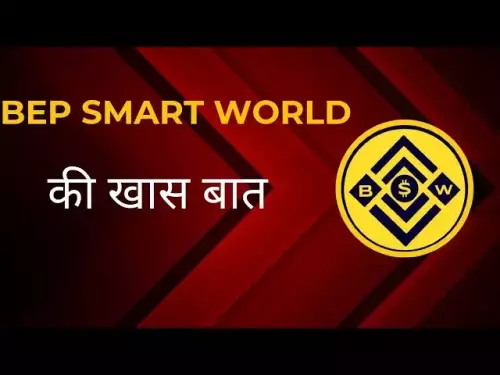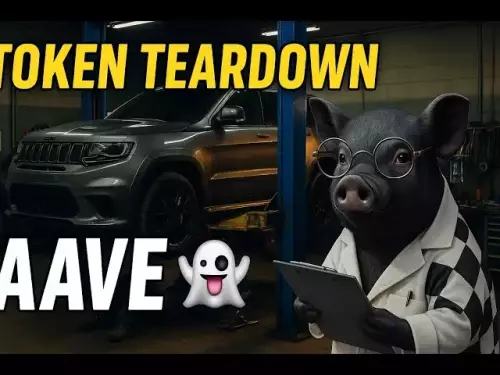-
 bitcoin
bitcoin $112195.049338 USD
2.42% -
 ethereum
ethereum $4124.915858 USD
2.81% -
 tether
tether $1.000570 USD
0.02% -
 xrp
xrp $2.861568 USD
2.25% -
 bnb
bnb $1000.346670 USD
3.04% -
 solana
solana $209.070819 USD
3.38% -
 usd-coin
usd-coin $0.999870 USD
0.02% -
 dogecoin
dogecoin $0.235379 USD
2.65% -
 tron
tron $0.335681 USD
-0.20% -
 cardano
cardano $0.803501 USD
3.38% -
 hyperliquid
hyperliquid $47.120881 USD
3.56% -
 chainlink
chainlink $21.501300 USD
3.44% -
 ethena-usde
ethena-usde $1.000571 USD
0.02% -
 avalanche
avalanche $29.793378 USD
3.62% -
 stellar
stellar $0.366964 USD
2.42%
How can I track NFT transactions?
Every NFT transaction is recorded on-chain, allowing public tracking via blockchain explorers like Etherscan or Solscan using wallet addresses, contract IDs, or token IDs.
Sep 22, 2025 at 05:00 am
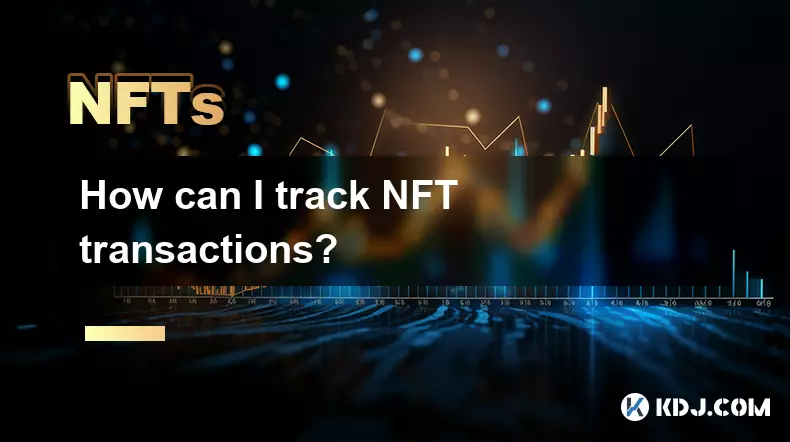
Understanding NFT Transaction Tracking
1. Every NFT transaction is recorded on a blockchain, making it publicly accessible to anyone with the right tools. These transactions include minting, buying, selling, and transferring of NFTs across digital wallets. Since most NFTs are built on Ethereum, Solana, or Polygon, their respective block explorers serve as primary tracking sources.
2. Blockchain explorers like Etherscan for Ethereum, Solscan for Solana, and Polygonscan for Polygon allow users to search by wallet address, NFT contract address, or transaction hash. By entering any of these identifiers, you can view detailed records including timestamps, token IDs, prices in native currency, and associated fees.
3. When tracking an NFT’s history, focus on the smart contract address of the collection and the specific token ID. This combination ensures accurate identification, as thousands of NFTs may exist under one project but each has a unique token number tied to its metadata and ownership trail.
4. Wallet-based platforms such as MetaMask or Phantom also display recent activity related to your holdings. While they don’t offer deep historical analytics, they provide real-time updates when transactions involving your addresses occur.
5. Accurate tracking begins with verifying the correct blockchain network—ensuring you're using the appropriate explorer for the chain the NFT resides on. Mistaking networks can lead to confusion, especially since cross-chain bridges now enable movement between ecosystems like Ethereum and Arbitrum.
Utilizing NFT Market Analytics Platforms
1. Dedicated NFT marketplaces such as OpenSea, LooksRare, and Magic Eden integrate built-in transaction logs visible on individual NFT pages. These logs show all past sales, bid history, and transfer events linked to that particular token.
2. Third-party analytics platforms like Dune Analytics, NFTBank, and CryptoSlam offer advanced dashboards where users can monitor aggregate transaction data across collections. Custom queries can break down volume trends, holder distribution, and average sale prices over time.
3. Some platforms allow filtering by criteria such as floor price changes, rare trait occurrences, or whale wallet movements. These insights help track high-value transactions or detect potential wash trading patterns within a collection.
4. APIs from services like Alchemy, Moralis, and Covalent enable developers to pull raw NFT transaction data programmatically. This method supports automated monitoring systems or integration into private dashboards for institutional investors.
5. Real-time alerts via API integrations empower traders to respond quickly to large purchases or sudden drops in listing prices across major collections. Such responsiveness is critical in fast-moving markets where alpha often comes from speed of information access.
Monitoring Wallet Activities and Smart Contracts
1. Following influential wallets—often referred to as “whales”—can reveal strategic moves before they become public knowledge. Tools like Nansen or Arkham Intelligence label known entities such as funds, exchanges, or creators, adding context to otherwise anonymous addresses.
2. Contract verification on explorers allows inspection of the code governing an NFT collection. Verified contracts increase trust, while unverified ones may hide malicious functions such as unlimited mint capabilities or royalty overrides.
3. Event listeners can be set up to monitor specific contract events like Transfer, Sale, or OfferCreated. Developers use WebSockets or polling mechanisms to capture these events as they happen, enabling immediate analysis.
4. Tracking new mints involves watching creation events emitted during drop phases. Early detection of freshly minted rare traits gives collectors and scalpers an edge in secondary market positioning.
5. Smart contract interactions beyond simple transfers—such as staking, wrapping, or burning—also appear on explorers and should be included in comprehensive tracking strategies. Ignoring these actions might result in incomplete understanding of an asset’s lifecycle.
Frequently Asked Questions
Can I track NFT transactions without knowing the wallet address?Yes, if you have the NFT's contract address and token ID, you can look up its entire transfer history directly on blockchain explorers or marketplace pages without needing associated wallet details.
Are all NFT transactions visible to the public?Almost all transactions on public blockchains are transparent and permanently recorded. However, privacy-focused chains or Layer 2 solutions may obscure certain data, though mainstream NFT activity remains largely open.
How do I know if an NFT sale was conducted off-platform?Off-platform sales still require blockchain execution, so the transfer and payment transaction will appear on-chain. Discrepancies in pricing or lack of marketplace fees might indicate private deals rather than listed auctions.
What does a zero-value NFT transfer mean?A zero-value transfer typically indicates a wallet-to-wallet send without a sale. It could be gifting, moving assets for safekeeping, or preparing for resale. Always check accompanying ETH or SPL transfers to confirm whether compensation occurred separately.
Disclaimer:info@kdj.com
The information provided is not trading advice. kdj.com does not assume any responsibility for any investments made based on the information provided in this article. Cryptocurrencies are highly volatile and it is highly recommended that you invest with caution after thorough research!
If you believe that the content used on this website infringes your copyright, please contact us immediately (info@kdj.com) and we will delete it promptly.
- Navigating Misinformation: Ensuring Safety in the Pi Network Ecosystem
- 2025-09-29 14:25:13
- XRP Price Prediction: September 29th's Crypto Comeback?
- 2025-09-29 14:25:13
- Polkadot vs. Lyno AI: Decoding the Price Forecast and AI Revolution
- 2025-09-29 14:30:01
- Trump's Brahmastra: Can Stable Coin Save the US Economy?
- 2025-09-29 14:45:17
- Pi Movement: Utility, Community, and the $314,159 Dream
- 2025-09-29 14:45:17
- Ruvi AI: Revolutionizing the Creator Economy with AI-Powered Crypto
- 2025-09-29 14:30:01
Related knowledge

How can I determine the authenticity of an NFT project?
Sep 23,2025 at 05:18pm
Understanding the Project Team and Their Background1. Research the identities of the team members behind the NFT project. Verified social media profil...

What's the difference between NFTs and traditional collectibles?
Sep 19,2025 at 12:55pm
Digital Ownership and Provenance1. NFTs are built on blockchain technology, which ensures transparent and immutable records of ownership. Every transa...
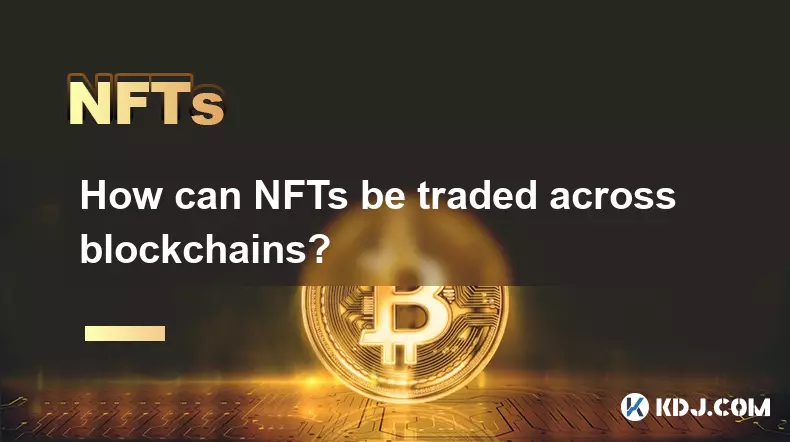
How can NFTs be traded across blockchains?
Sep 19,2025 at 12:00pm
Understanding Cross-Chain NFT Trading1. Non-fungible tokens (NFTs) are digital assets that represent ownership of unique items on a blockchain. Origin...

How is NFT rarity calculated?
Sep 18,2025 at 07:54pm
Understanding NFT Rarity Metrics1. NFT rarity is determined by analyzing the uniqueness of individual traits within a collection. Each NFT typically c...
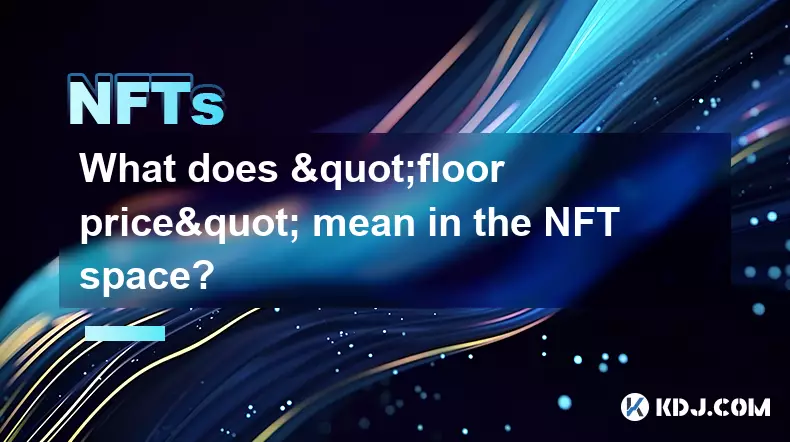
What does "floor price" mean in the NFT space?
Sep 22,2025 at 06:36am
Floor Price: A Core Metric in the NFT Marketplace1. The term floor price refers to the lowest current asking price for any item within a specific NFT ...

How do NFTs help content creators?
Sep 18,2025 at 08:00am
NFTs Empower Creators with Ownership and Monetization1. NFTs provide content creators with verifiable ownership of their digital works, ensuring authe...

How can I determine the authenticity of an NFT project?
Sep 23,2025 at 05:18pm
Understanding the Project Team and Their Background1. Research the identities of the team members behind the NFT project. Verified social media profil...

What's the difference between NFTs and traditional collectibles?
Sep 19,2025 at 12:55pm
Digital Ownership and Provenance1. NFTs are built on blockchain technology, which ensures transparent and immutable records of ownership. Every transa...

How can NFTs be traded across blockchains?
Sep 19,2025 at 12:00pm
Understanding Cross-Chain NFT Trading1. Non-fungible tokens (NFTs) are digital assets that represent ownership of unique items on a blockchain. Origin...

How is NFT rarity calculated?
Sep 18,2025 at 07:54pm
Understanding NFT Rarity Metrics1. NFT rarity is determined by analyzing the uniqueness of individual traits within a collection. Each NFT typically c...

What does "floor price" mean in the NFT space?
Sep 22,2025 at 06:36am
Floor Price: A Core Metric in the NFT Marketplace1. The term floor price refers to the lowest current asking price for any item within a specific NFT ...

How do NFTs help content creators?
Sep 18,2025 at 08:00am
NFTs Empower Creators with Ownership and Monetization1. NFTs provide content creators with verifiable ownership of their digital works, ensuring authe...
See all articles
























